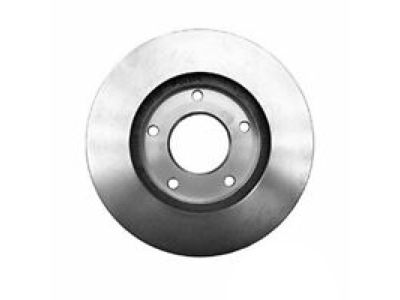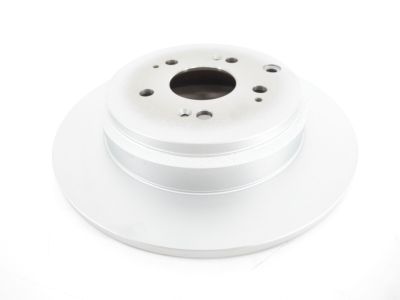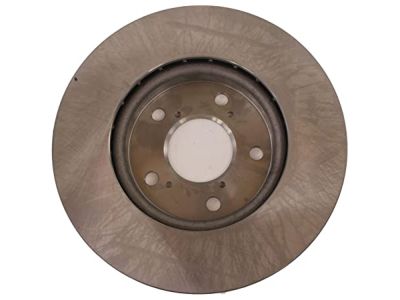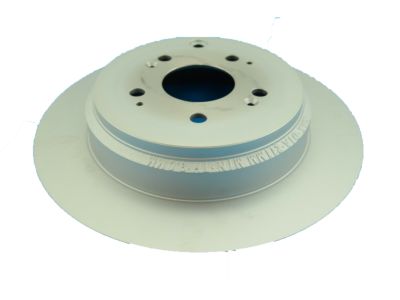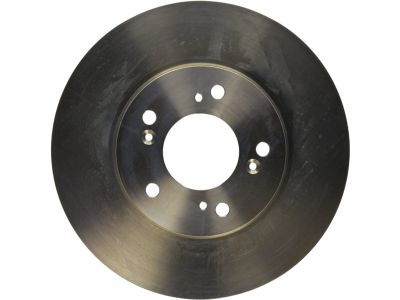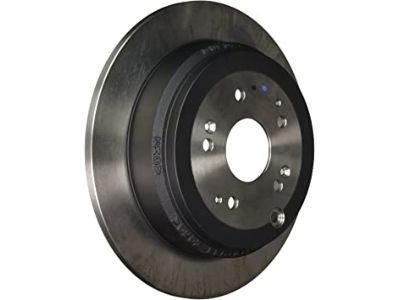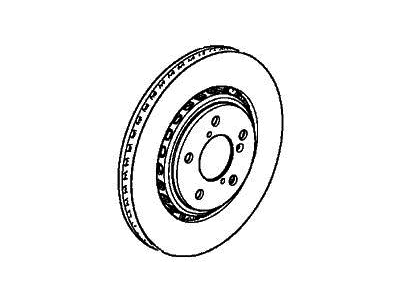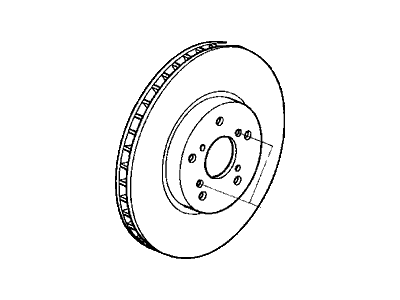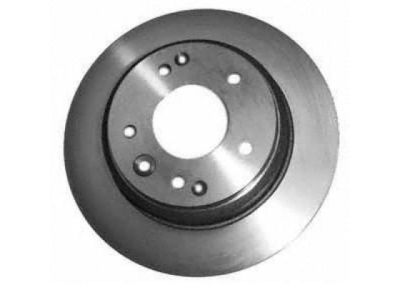×
- Live Chat
- 1-888-984-2011

My Garage
My Account
Cart
Genuine Honda Odyssey Brake Disc
Disc Rotor- Select Vehicle by Model
- Select Vehicle by VIN
Select Vehicle by Model
orMake
Model
Year
Select Vehicle by VIN
For the most accurate results, select vehicle by your VIN (Vehicle Identification Number).
12 Brake Discs found
Honda Odyssey Disk, Front Brake (17
Part Number: 45251-TK8-A02$103.12 MSRP: $145.65You Save: $42.53 (30%)Honda Odyssey Drum In Disk, Rear B
Part Number: 42510-TK8-A01$103.12 MSRP: $145.65You Save: $42.53 (30%)Honda Odyssey Disk, Front Brake
Part Number: 45251-SHJ-A00$103.12 MSRP: $145.65You Save: $42.53 (30%)Honda Odyssey Disk, Rear Brake Drum In
Part Number: 42510-SHJ-A00$103.12 MSRP: $145.65You Save: $42.53 (30%)Honda Odyssey Drm In Dsk, Rear Brake
Part Number: 42510-SZA-A10$103.12 MSRP: $145.65You Save: $42.53 (30%)Honda Odyssey Disk, Front Brake (15")
Part Number: 45251-S2H-N00$103.12 MSRP: $145.65You Save: $42.53 (30%)Honda Odyssey Disk, Front-(17In, 28T)
Part Number: 45251-THR-A00$103.12 MSRP: $145.65You Save: $42.53 (30%)Honda Odyssey Disk, Front Brake (16")
Part Number: 45251-S0X-000$88.39 MSRP: $124.85You Save: $36.46 (30%)
Honda Odyssey Brake Disc
The Brake Disc of Honda Odyssey vehicles is an important component of disc brake system and its main function involves converting motion energy into heat energy thru friction. Usually made from gray iron these roters may be provided with fins or vanes for cooling, which is especially important due to the weight and load-carrying capability of the minivan. Years back, the Honda Odyssey Brake Discs have had modifications which included the drilled or slotted models which have the additional features of heat conductivity, and low noise although with the disadvantage of high pad wear. More, further, weight and thermal optimization is achieved by two-piece rotors in which the friction ring is separated from the center section. It is critical in order to prevent the Brake Disc warping, cracking or getting rusty to have it checked and serviced with often intervals to have efficient breaking on the Honda Odyssey.
In search of affordable OEM Honda Odyssey Brake Disc? Consider browsing through our extensive inventory of genuine Honda Odyssey Brake Disc. Not only do we provide market-leading prices and a manufacturer's warranty, but we also pride ourselves on exceptional customer service and swift delivery.
Honda Odyssey Brake Disc Parts Questions & Experts Answers
- Q: How do you properly remove and install a brake disc on Honda Odyssey?A: Loosen the wheel lug nuts, raise the vehicle, and support it securely on jackstands. Remove the wheel and install the lug nuts to hold the disc in place against the hub flange; if the lug nuts don't contact the disc when screwed on all the way, install washers under them. For rear discs, release the parking brake. Remove the Brake Caliper without disconnecting the brake hose, suspending it out of the way with a piece of wire after removing the caliper bolts. Then, remove the two caliper mounting bracket-to-steering knuckle bolts or, for rear calipers, the bracket-to-knuckle bolts and take off the mounting bracket. Visually inspect the disc surface for score marks and other damage; light scratches and shallow grooves are normal, but deep scoring requires disc removal and refinishing by an automotive machine shop. Check both sides of the disc, and if pulsating occurs during brake application, suspect disc runout. To check runout, place a dial indicator about 1/2-inch from the outer edge of the disc, set it to zero, and turn the disc; the reading should not exceed the specified allowable runout limit. Regardless of the reading, discs should be resurfaced to ensure a smooth finish and a perfectly flat surface, eliminating brake pedal pulsation. If not resurfaced, remove the glaze from the surface with emery cloth or sandpaper using a swirling motion. Ensure the disc is not machined to a thickness under the specified minimum thickness, which is cast or stamped into the disc, and check the thickness with a micrometer. Remove the lug nuts or the two disc retaining screws to take off the disc from the hub; if the disc is stuck, thread two bolts into the holes provided and alternate tightening them until the disc is free. For rear discs, if the Parking Brake Shoes are holding them, remove the rubber plug and use a flat-blade screwdriver to turn the adjuster star wheel until they loosen, then re-adjust the parking brake shoes for minimal clearance without drag. Place the disc in position over the threaded studs, install the disc retaining screws, and tighten them securely. Install the caliper mounting bracket and caliper, tightening the bolts to the specified torque. Finally, install the wheel, lower the vehicle to the ground, tighten the lug nuts to the specified torque, and depress the brake pedal a few times to bring the brake pads into contact with the disc, checking the operation of the brakes carefully before driving.
Related Honda Odyssey Parts
Browse by Year
2024 Brake Disc 2023 Brake Disc 2022 Brake Disc 2021 Brake Disc 2020 Brake Disc 2019 Brake Disc 2018 Brake Disc 2017 Brake Disc 2016 Brake Disc 2015 Brake Disc 2014 Brake Disc 2013 Brake Disc 2012 Brake Disc 2011 Brake Disc 2010 Brake Disc 2009 Brake Disc 2008 Brake Disc 2007 Brake Disc 2006 Brake Disc 2005 Brake Disc 2004 Brake Disc 2003 Brake Disc 2002 Brake Disc 2001 Brake Disc 2000 Brake Disc 1999 Brake Disc 1998 Brake Disc 1997 Brake Disc 1996 Brake Disc 1995 Brake Disc
